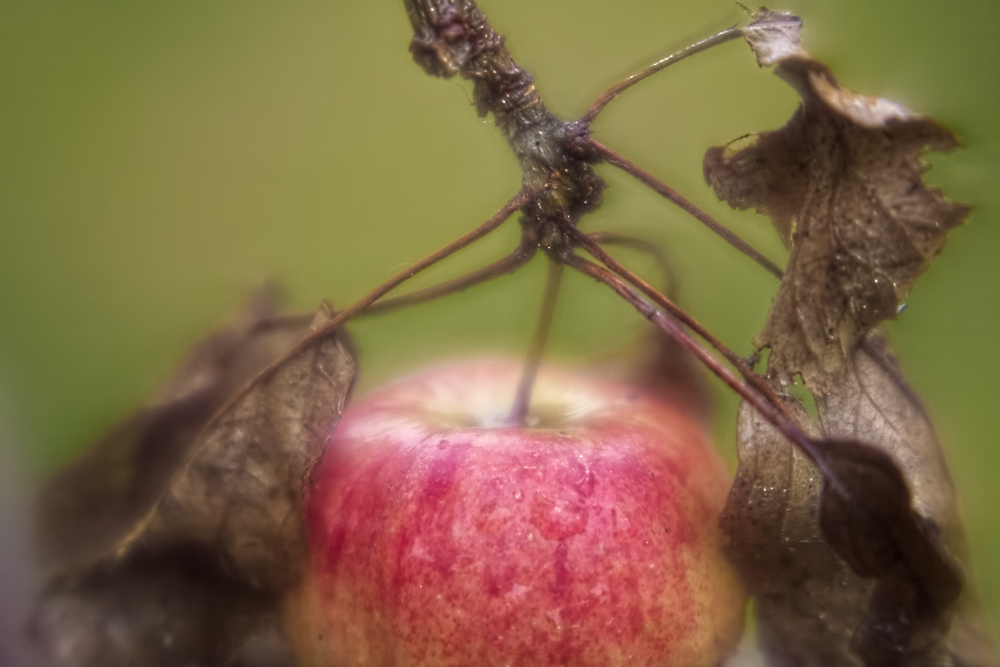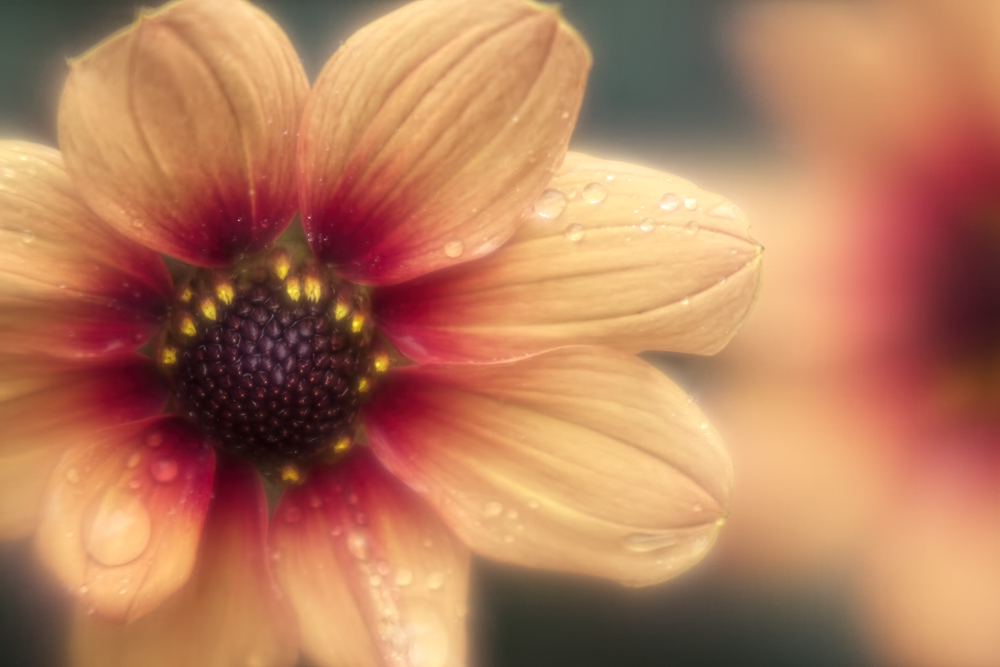Part 2. The Setback (?)When things seem to be easy and solutions appear out of the blue sky, one should be suspicious. Erik and I quickly discovered the fact I should have found earlier myself, namely the 1 Nikkors have the equivalent of "E" aperture control. So it'll only operate with power from the camera and electronics to match. My standard CPU chips were developed for the F protocol so cannot handle the E situation.
Oh well.
We are now working along two directions. Erik is actively researching a solution in which the FT1 adapter can serve dual purposes by hooking a switch into the electronics and routing the F chip through the switch. This would be on the "front end" of the electronic circuitry, at the point where the electronics communicate with the attached lens and its CPU. We would need the switch so as to be able to keep the FT1 functionality with CPU-enabled Nikkors as before, but at the same time allowing manual non-chipped F-mount lenses to operate with electronic assistance to the 1 Nikons. Breaking news: Erik has located the part we need and there is a dealer in Copenhagen. So we'll be on our way shortly to pick up the switch component.
Meanwhile, we made a genuine CX mount for my Rodenstock 50 mm f/0.75 Heligon, using factory mount treated with the usual Dremel so as to allow room for the rear element of the Heligon. This allows the lens to be seated pretty deep into the camera throat and accordingly it'll focus farther away than usual. Image quality improves as well since the lens parameters aren't as harshly abused as on the DSLRs.
A few quick test shots to demonstrate the capability of the 50 mm Heligon. We now observe it is quite sharp and its bokeh splits into two dimensions. Behind the plane of focus the bokeh is simply out of this world. One cannot imagine a smoother dreamlike rendition with perfect fading out of details. In front of the focal plane bokeh is smooth too, but there is a nervousness to it seen with highlights that calls for some care.
Here is a
bad apple with the Rodenstock. Note the exquisite bokeh.

Now, to show the difference caused by front or rear focus plane. The subject is a pretty
Dahlia. The capitula (flower heads) were separated by approx 4 cm in depth.
Focus on the front flower head shows the background, as expected, rendered beautifully out of focus.

Refocusing brings unsharpness to the front. Now, the bokeh appearance changes dramatically.

So, you have to watch out for specular highlights in the foreground with this lens or you could capture more than you have bargained for. But so
über-cool a lens.